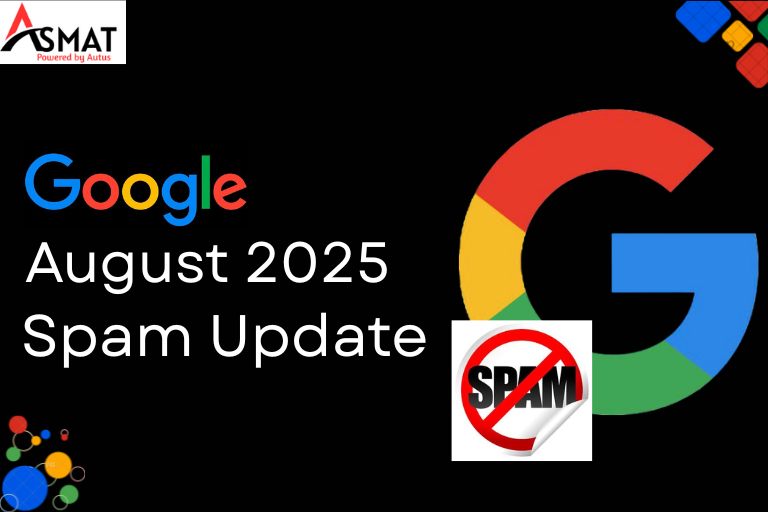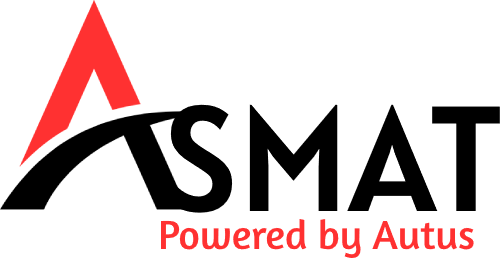
Navigating the ever-changing landscape of search engine optimization can feel like a constant battle against the tide. Just when you’ve mastered the rules, Google releases a new update that shifts the ground beneath your feet. The most significant and recent development to shake up the SEO industry is Google’s August 2025 spam update. This isn’t just another tweak to an algorithm that changes hundreds of factors; it’s further proof that Google is serious about a cleaner, more readable web for the user.
This should serve as a wake up call for website owners and SEOs. It’s a time to re-evaluate the approach, clean up past mistakes and double down on the types of actions that lead to long-term, sustainable success. This post will break down what the update entails, its potential impact on your site, and a practical guide to not just survive but thrive in the wake of this latest Google SEO update.
A Deep Dive into the Google August 2025 Spam Update
On August 26, 2025, Google officially announced the release of the August 2025 spam update. This update, which is applicable worldwide and in all languages, started rolling out and should be finished in a few weeks. Unlike minor, unannounced changes, Google’s public acknowledgement of this update underscores its significance and the breadth of its impact.
The spam update is a huge upgrade to Google’s automatic anti-spam tools, particularly its AI-led SpamBrain tech. Although Google has not released a list of specific spam tactics it is targeting, the update is one aspect of a larger, ongoing battle against spam. This latest Google SEO update represents a strategic movement towards making spam tactics ineffective. The message is clear: the algorithm can’t be fooled, the only way to rank highly is by offering real value.
The SEO Impact: What You Should Look For
As the August 2025 spam update continues its rollout, many websites may experience volatility in their search rankings and organic traffic. In any case, this is an inevitable facet of a big update. If you do see a sudden drop, remain calm. Use it as a chance to audit your site instead.
Here’s what to look for and how to assess the impact:
- Monitor Your Traffic and Rankings: Stay on top of any changes in tools such as Google Search Console and other SEO tools. Look for a sustained, site-wide drop in traffic or a significant decline in the rankings of your key pages. A small drop (e.g., from position 2 to 4) is normal, but a large drop (e.g., from position 4 to 29) requires a deeper look.
- Audit Your Backlink Profile: This is an important step if the update is leaning towards link spam. Run your website through a backlink analysis tool and find all the bad, unnatural and paid links to your site. Check for links from the spammy directories, link farms, or irrelevant sites to your niche. You can then use Google’s Disavow Tool to tell Google not to count these links.
- Review Your Content Strategy: The update is a reminder that content should be created for people — not search engines. Perform a site content audit to identify “thin” or low-value pages that may have been generated for SEO reasons. Look for content that is duplicate or without a substantial and clear added value.
Your Action Plan: How to Recover and Thrive
If your site has been affected by the Google SEO update August 2025, the path to recovery is not about finding a quick fix. It’s about building a better, more trustworthy website. Google’s advice has been consistent for years: concentrate on making helpful, reliable, people-first content.
Here’s a step-by-step action plan to align your site with Google’s quality guidelines and future-proof your SEO:
1. Focus on Content Quality (E-E-A-T): As Google’s core updates (like spam updates) show, it’s central to their thinking about delivering users Experience, Expertise, Authoritativeness and Trustworthiness.
- Experience: Demonstrate first-hand experience with the topic.
- Expertise: Show that you have the necessary knowledge to write about the subject.
- Authoritativeness: Build a reputation as a trusted source in your niche.
- Trustworthiness: Ensure your content is accurate, transparent, and your site is secure.
2. Clean Up Your Link Profile: The sooner you eliminate links that breach Google’s Spam Policy, the better. Don’t even wait for a manual action. Focus on earning high-quality, natural links from reputable sites in your industry.
3. Create People-First Content:
- Answer User Intent: Go beyond keywords and provide comprehensive answers to the user’s underlying questions.
- Originality and Value: Don’t just rehash what’s already out there. Add unique insights, original research, or personal experience to your content.
- User Experience (UX): Ensure your site is easy to navigate, loads quickly, and is mobile-friendly.
4. Update and Refresh Old Content: Audit your existing content for accuracy and relevance. Update outdated statistics, facts, and examples. This shows Google that your site is a reliable source of current information.
5. Be Patient: It may take some time to get on the other side of a Google update. The changes you make today may not be reflected for many months and, sometimes, you might not recover fully until the next big core or spam update. Be persistent and don’t panic or make desperate changes.
Frequently Asked Questions (FAQs)
What is the Google August 2025 spam update?
The Google August 2025 spam update is an announced spam update that improves Google’s capabilities to identify and minimize spam. It’s directly aimed at manipulative SEO tactics such as unnatural link building and low-quality, AI-generated content.
How is this different from a core update?
A core update is a broad, site-wide change to Google’s overall ranking systems. A spam update is more narrowly focused on improving Google’s defences against specific types of spam and low-quality content. Both are significant and can affect your search rankings.
My site’s rankings dropped. Is it because of the August 2025 update?
If your website lost rankings and organic traffic around August 26, 2025 or in the weeks after, it’s quite possible that it’s related to the update. However, to be sure, check Google Search Console for any manual actions and review your site’s compliance with Google’s spam policies.
What should I do if my site was negatively affected?
It differs. It may take a year or longer for some podcasters to start making money, while others do so in a matter of months. The key is audience growth and consistency.
Will this update penalize AI-generated content?
The update doesn’t explicitly penalize AI-generated content, but it does enforce stricter quality checks. Content that lacks originality, depth, and human-centric value, whether created by AI or a human, may not perform well. The key is that your content must be genuinely helpful and trustworthy.
How long will the rollout take?
According to Google, the August 2025 spam update takes around a couple of weeks to roll-out. You can get ranking fluctuations through either way.
By understanding the purpose of the Google August 2025 spam update and by being proactive with your long-term SEO strategy, you can ensure that your site is prepared to succeed in a cleaner, user-first search world.
